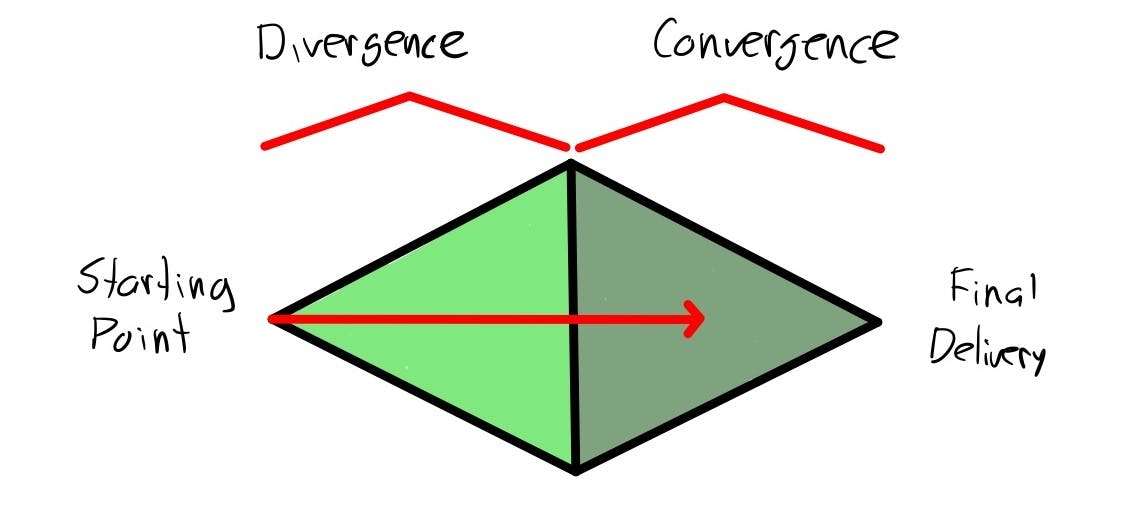Your cart is currently empty!
🧠 Linear vs. Visual Thinking

There are two main ways that people think about the information they collect into their personal knowledge management (or PKM) systems:
- Linear Thinking (outlines)
- Visual Thinking (mind maps)
Linear thinking is where things go in a specific order. This is the way I was taught to write papers in school, and it never really clicked for me. As a result, I never liked writing, and thought I wasn’t creative. It wasn’t until many years later that I found an alternative that made writing and creating more approachable for me.
Visual thinking is where you have the things you are working on laid out in front of you and you can move them around on your work surface. This approach encourages you to play with your ideas and discover new connections between them.
This is the thing that unlocked my hidden creativity. Being able to manipulate things and move them around allowed me to see things I didn’t see when staring at my outline.
Now truth be told, neither of these approaches is “better” than the other (though like me you probably find yourself leaning more towards one or the other.) And I’ve discovered that each has its own place in my creative workflow:
- When I’m starting a project, it helps to think visually as I’m brainstorming what the project will be.
- When I’m ready to sit down and write, it helps to think linearly as I work through the different sections.
Stated another way, there’s a mode at the beginning of the creative process called divergence where you are looking to consider your options, but then you shift into a phase called convergence where you actually eliminate options and focus as you bring everything together.
|
|
Divergence is critical because it helps you see what’s possible. It helps you expand your options and consider all the possibilities.
But then at some point, you have to flip the switch. And convergence helps you focus on the stuff that really matters and actually ship.
When you’re focused on shipping the final product, you don’t need to know everything you could do. You just need to know what the next thing is and focus on that.
Different tools naturally facilitate these different modes. So at the beginning of a creative project, I like to use MindNode to create a mind map of what I’m working on. But eventually, I’ll bring that over to Obsidian where I’ll do the actual writing.
Honestly, we’re living in a golden age when it comes to tools for thought. I love the development I’m seeing from the apps in this space. For example, I just came across a new tool called Scrintal that attempts to combine these two approaches and lets you switch back and forth between linear and visual thinking.
I just released a new YouTube video about it if you want to check it out yourself:
(BTW, this is my first sponsored YouTube video! 🎉 But spoiler alert: the app is really good. I would recommend it even if they didn’t sponsor the video. I just had never heard of it before!)
But the real important thing here is not which app you use – it’s how you use the tools to be creative. And you can give your creativity a big boost if 1) you’re aware of the divergent and convergent phases of the creative process and 2) you intentionally select the tools that can support your thinking along the way.
— Mike